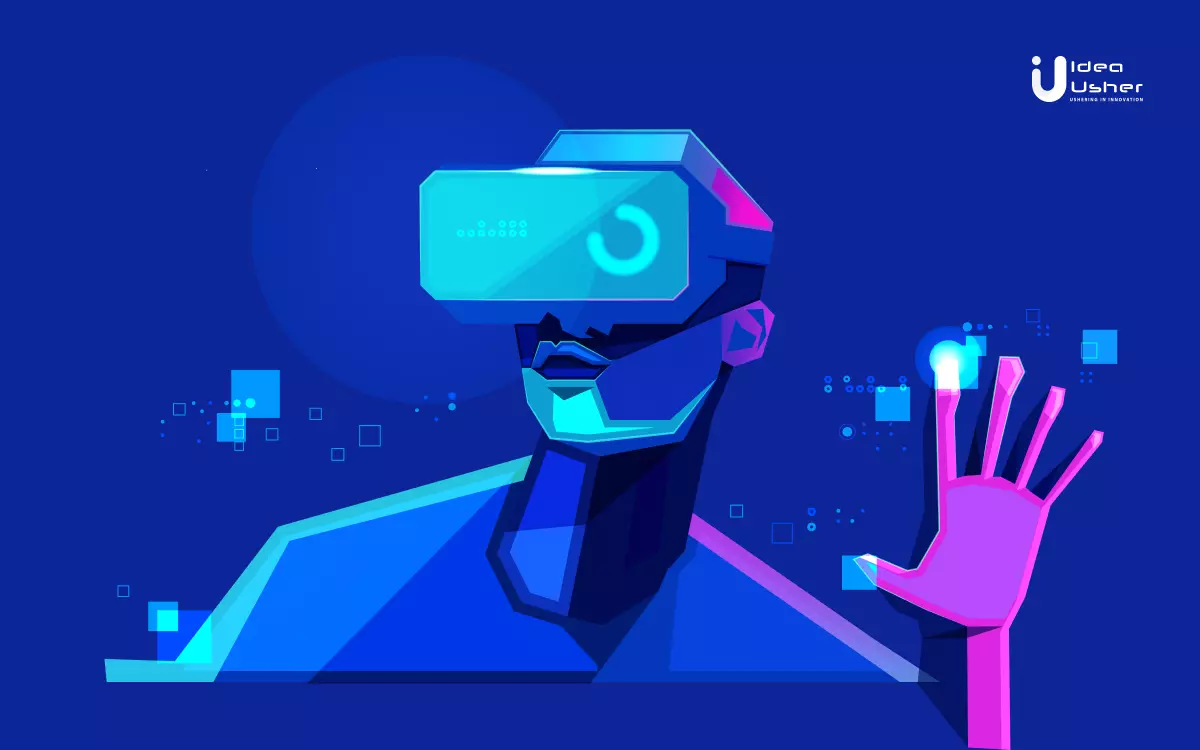Hydra Tech Insights
Stay updated with the latest in technology and gaming.
Reality? Virtual!
Dive into the thrilling clash of realities! Discover how virtual worlds are reshaping our perceptions and experiences like never before.
Exploring the Boundaries: What Separates Reality from Virtual Worlds?
As technology continues to advance, the line between reality and virtual worlds is becoming increasingly blurred. Virtual reality (VR) environments, augmented reality (AR) experiences, and other digital realms offer immersive experiences that can mimic or even surpass physical interactions. In this exploration, we must consider several factors that create a separation between our tangible world and the virtual one. Key elements include the physical presence of people, sensory feedback mechanisms, and the psychological perception of reality.
Moreover, societal implications play a significant role in defining the boundaries between these two realms. While virtual worlds can enhance creativity, facilitate learning, and provide novel avenues for social interaction, they also pose challenges such as addiction and diminished face-to-face communication skills. As we delve deeper into this topic, it becomes crucial to address how we can responsibly navigate these landscapes while maintaining a healthy distinction between reality and virtual experiences, ensuring that we harness the benefits of technology without sacrificing our connection to the real world.

The Impact of Virtual Reality on Our Perception of Reality
The advent of Virtual Reality (VR) technology has significantly transformed our perception of reality, blurring the lines between what is real and what is simulated. By immersing users in a fully immersive experience, VR is reshaping how we interact with digital environments. Users can explore virtual worlds, engage in complex scenarios, and even participate in social interactions without the limitations of the physical space around them. This level of immersion not only alters our cognitive engagement but also enhances our emotional responses, making experiences feel profoundly real.
Moreover, the implications of VR extend beyond entertainment; they can influence areas such as therapy and education. For instance, VR therapy is increasingly utilized for patients dealing with phobias or PTSD, allowing them to confront fears in a safe environment. As VR becomes more integrated into our daily lives, understanding its impact on our perception is crucial. Experts argue that while VR can provide enriching experiences, it could also challenge our grasp on reality, raising ethical considerations about how we define and interact with our world.
Can Virtual Experiences Change Our Real-Life Perspectives?
In today's digital age, the impact of virtual experiences on our perception of the real world is profound. These immersive platforms are not just for entertainment; they have the potential to reshape our understanding of diverse cultures, lifestyles, and environments. For instance, virtual reality (VR) technology allows users to experience scenarios, such as walking through ancient cities or visiting remote landscapes, all from the comfort of their homes. According to research published by ScienceDirect, these experiences can foster empathy and change attitudes towards different communities by providing a first-person perspective that traditional media cannot offer.
Furthermore, virtual environments can serve as powerful educational tools. They can transform complex subjects into engaging, interactive experiences, enhancing learning outcomes. Studies have shown that when individuals engage in virtual reality experiences, they often retain information better than through conventional means. An article from EdTech discusses how institutions are incorporating VR to prepare students for real-world situations, ultimately shifting their perspectives on critical issues. As technology continues to evolve, the potential for virtual experiences to influence our real-life viewpoints is nearly limitless.